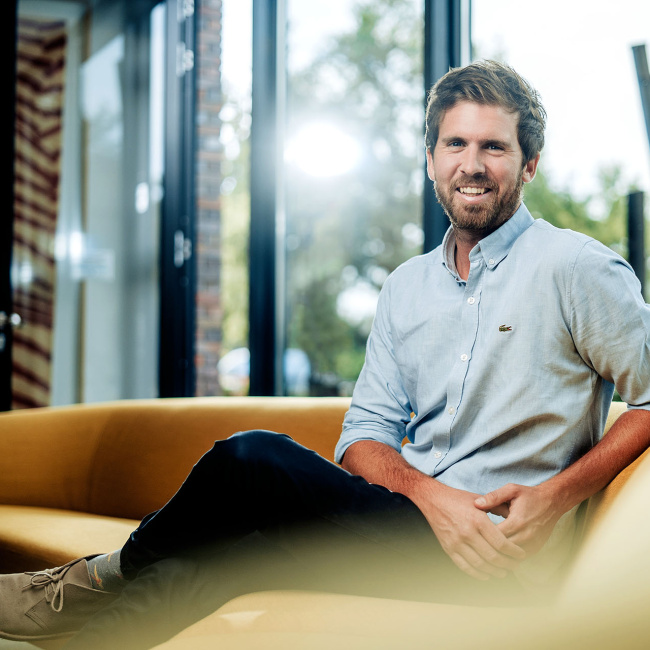A new route towards green logistics
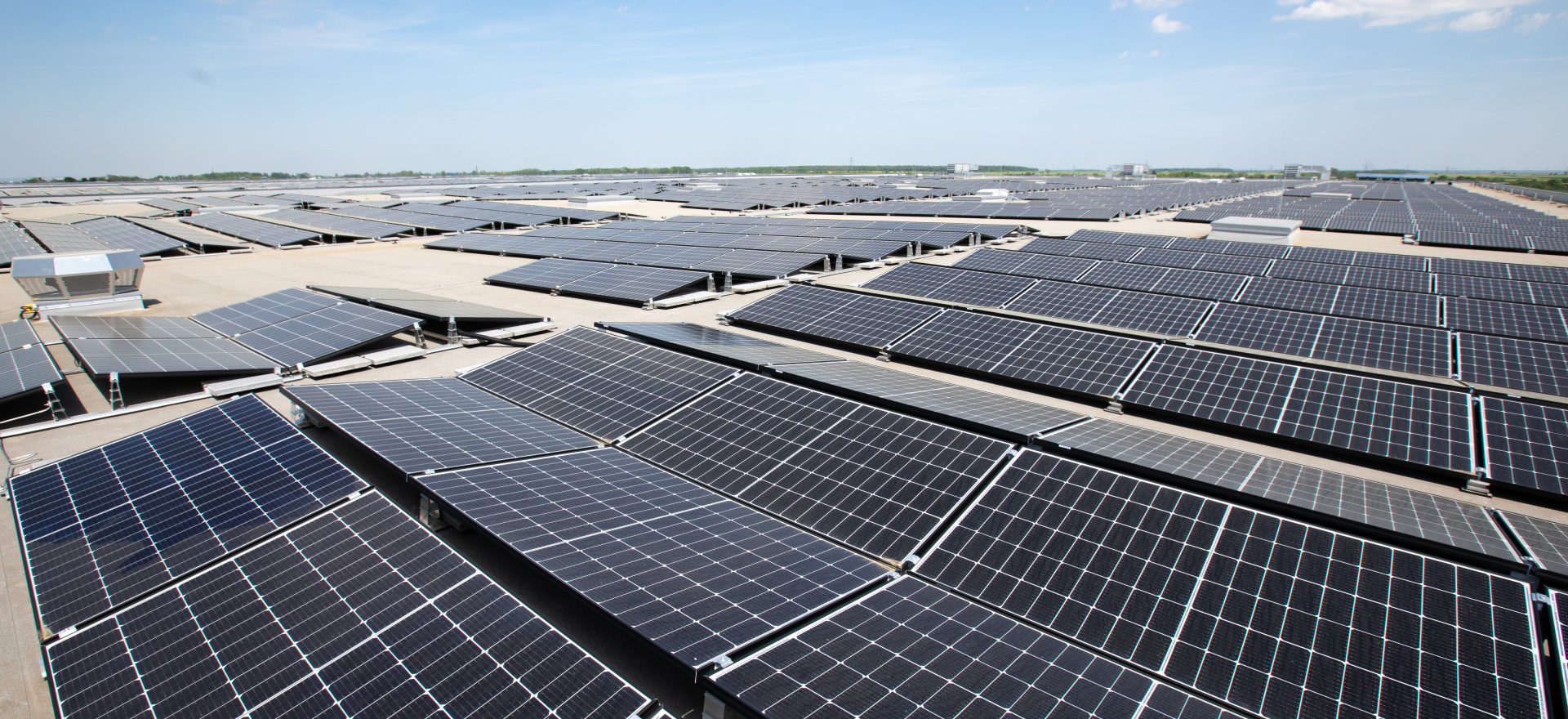
Climate neutrality is not achieved overnight – but FIEGE is definitely on its way. Climate neutrality has been laid out clearly and established as a goal. But how does an enterprise change into becoming a sustainable business? It needs determination, focus, conviction – and a good plan.
Action speaks louder than words. That is how it has always been. In this case, the words are loud and clear. “We want to hand not only a financially sound company to the next generation, but also one that is climate neutral”, says Felix Fiege. Of course, he knows and is fully aware that the path to climate neutrality is long and difficult. However, as FIEGE CEO who manages the company together with his cousin Jens Fiege in the fifth generation, he tells us that “we are determined to pursue this path and reach our goal – also in light of the fact that there is absolutely no alternative to this.”
Therefore, now is the time for action. The activities are managed and coordinated by the Corporate Sustainability division. This is where everything comes together. The idea is to anchor the topic of sustainability even more strongly in FIEGE’s DNA than in the past. And it is also about advancing the development of the entire company even faster towards becoming more sustainable and to integrate this into the respective business processes.
Integrated approach towards sustainability
Sandra Achternbusch, Director Corporate Sustainability at FIEGE, describes this approach as follows: “We have ambitious goals. For this reason, we are working on sustainability becoming a fixed element of our processes and incorporating the idea of sustainability in a structured manner into every decision.” That is how FIEGE will transform into an even more efficient and resilient enterprise, Achternbusch adds. “And we will benefit from an integrated approach of business activities towards sustainability.”
But business comes before pleasure. Before the first set of measures was tied, the status quo had to be analysed. Where is the company today? Are there possibly any negative effects? And what are the possible solutions with a view to environment and society? “While developing our sustainability strategy we conducted a materiality analysis which identified issues that are possibly relevant to FIEGE. We then analysed them from the perspective of inside and outside stakeholders”, Achternbusch points out. This resulted in a comprehensive picture of what is expected in terms of sustainability from an organisation like FIEGE.
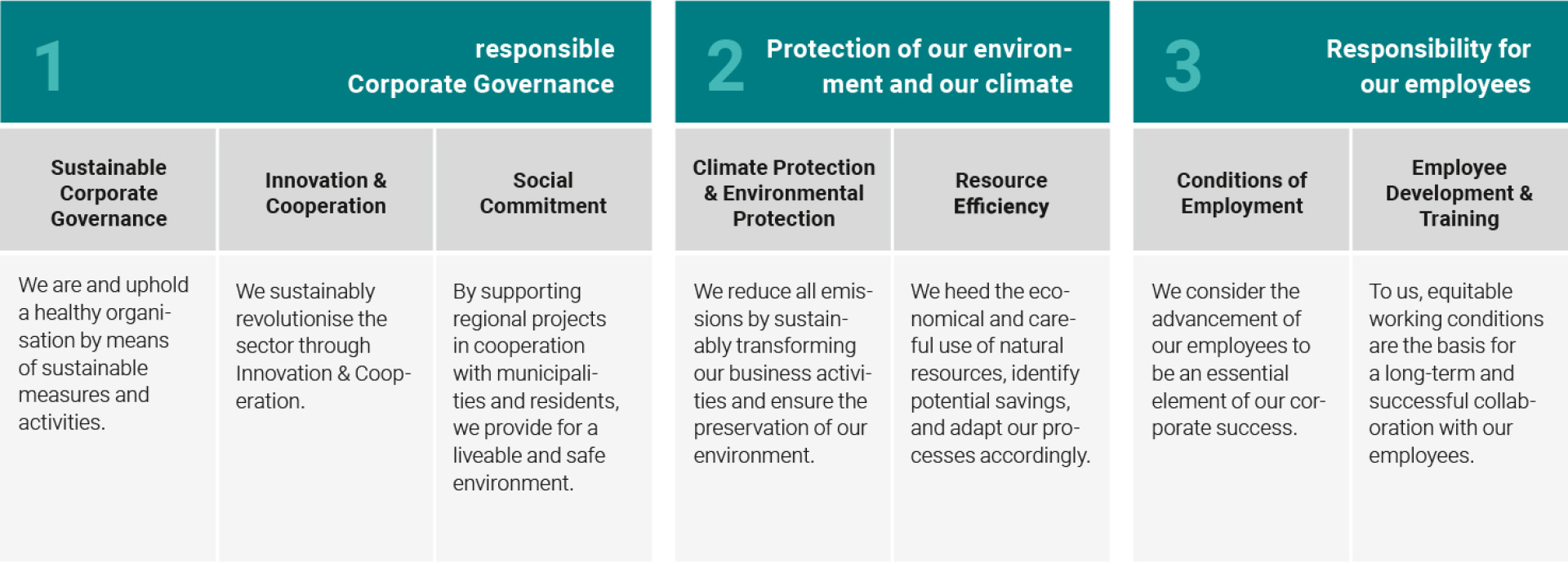
Multidimensional sustainability: Our corporate sustainability team has defined three fields of action with seven focus topics for the strategic further development of FIEGE.
Sustainability at FIEGE: More than climate and environmental protection
The result: In collaboration with the Executive Board and employees as well as through talks held with clients, persons working in science, with non-governmental organisations, with suppliers, but also after holding interviews with fellow competitors, three fields of action with in total seven focal topics were defined for the strategic advancement of the company. “It is important”, says Achternbusch, “that we understand sustainability not just as the protection of our climate and environment, regardless of the topic’s justified priority, but on a more integrated scale. That is why our seven focal topics, next to climate protection and resource efficiency, also include sustainable corporate governance, innovation and cooperation, social commitment, the development of our employees and our working conditions.”
There is no lack of specific projects and action. For example, FIEGE has been building its logistics properties in line with the highest standards established by the German Sustainable Building Council (DGNB) by using photovoltaics. These systems already produce over 30,000 megawatt hours of solar energy on an area of more than 350,000 square metres on the rooftops of its logistics centres. Moreover, FIEGE has been buying in CO2-neutal energy which results in a reduction of several thousand tonnes of CO2 annually. Electric mobility also plays a major role: FIEGE recently added the first battery-powered trucks to its fleet. In addition, the Josef Fiege Foundation supports national and sustainable organisations and projects that assume responsibility for young children and the youth who have not always had it easy in life. “In the end, it is an interplay between different factors, experts and business units”, says Achternbusch, adding that “we will only reach our goal when we work together resolutely as an entire company towards this.”
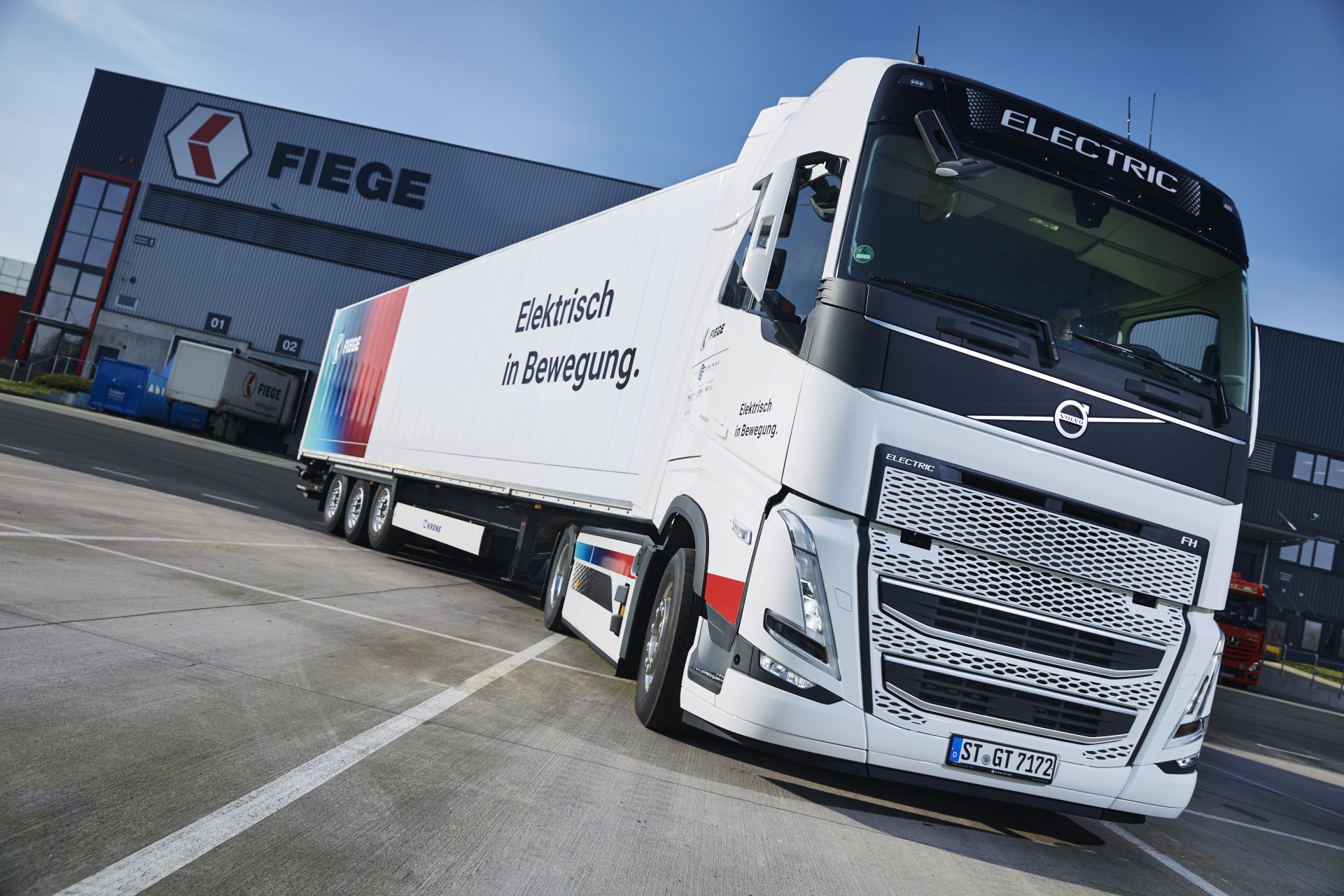
Since March, FIEGE has been testing four fully electric trucks in live operation. The vehicles are on the road at various locations for the Healthcare and Fast Moving Consumer Goods business units. (photo: FIEGE)
Next stop: CO2 footprint
A further important step towards climate neutrality is about to be reached, as FIEGE will soon publish its first sustainability report and generate a national carbon balance sheet that focuses on its own consumption. In 2024, emissions from, for example, forwarding partners and thus a carbon balance sheet for the entire FIEGE Group is to be added to the sustainability report. “If you know exactly where emissions come from”, Achternbusch explains, “you can specifically target this to reduce them, if not avoid them altogether – and this is the very challenge we are taking on. Because what we want is not to offset, but to sustainably reduce or prevent emissions.”
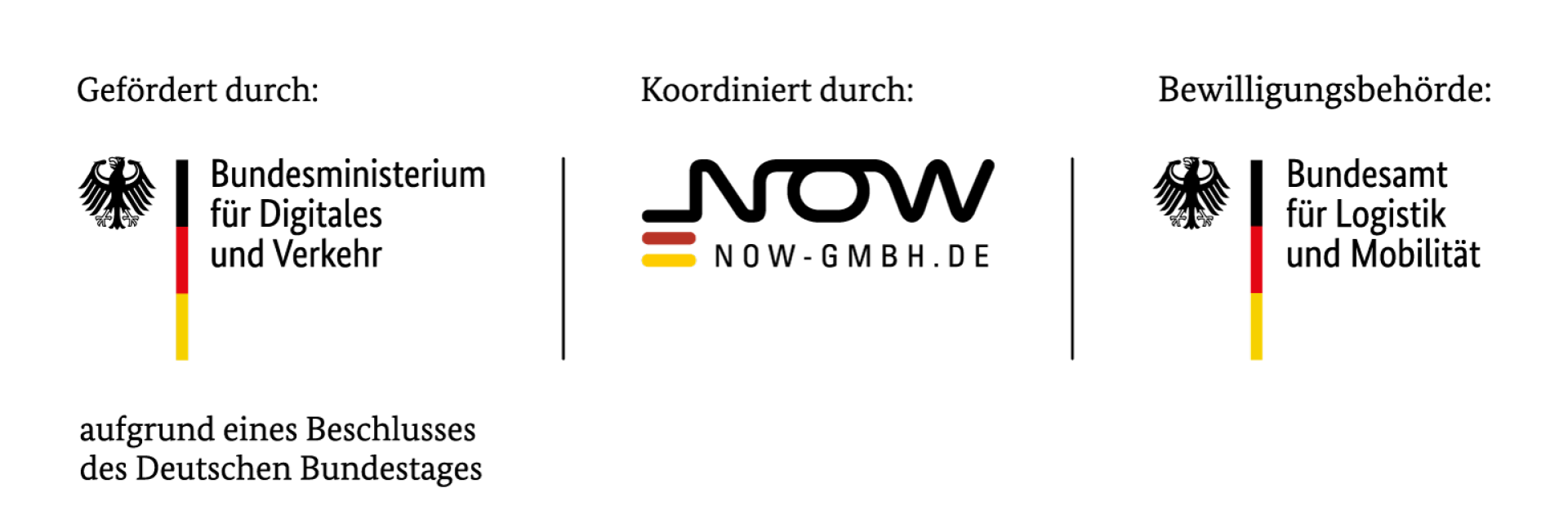
The electric trucks are funded by the Federal Ministry for Digital and Transport (BMDV) as part of the funding program for climate-friendly commercial vehicles and infrastructure (KsNI). The funding guideline is coordinated by NOW GmbH, and applications are approved by the Federal Logistics and Mobility Office (BALM).
